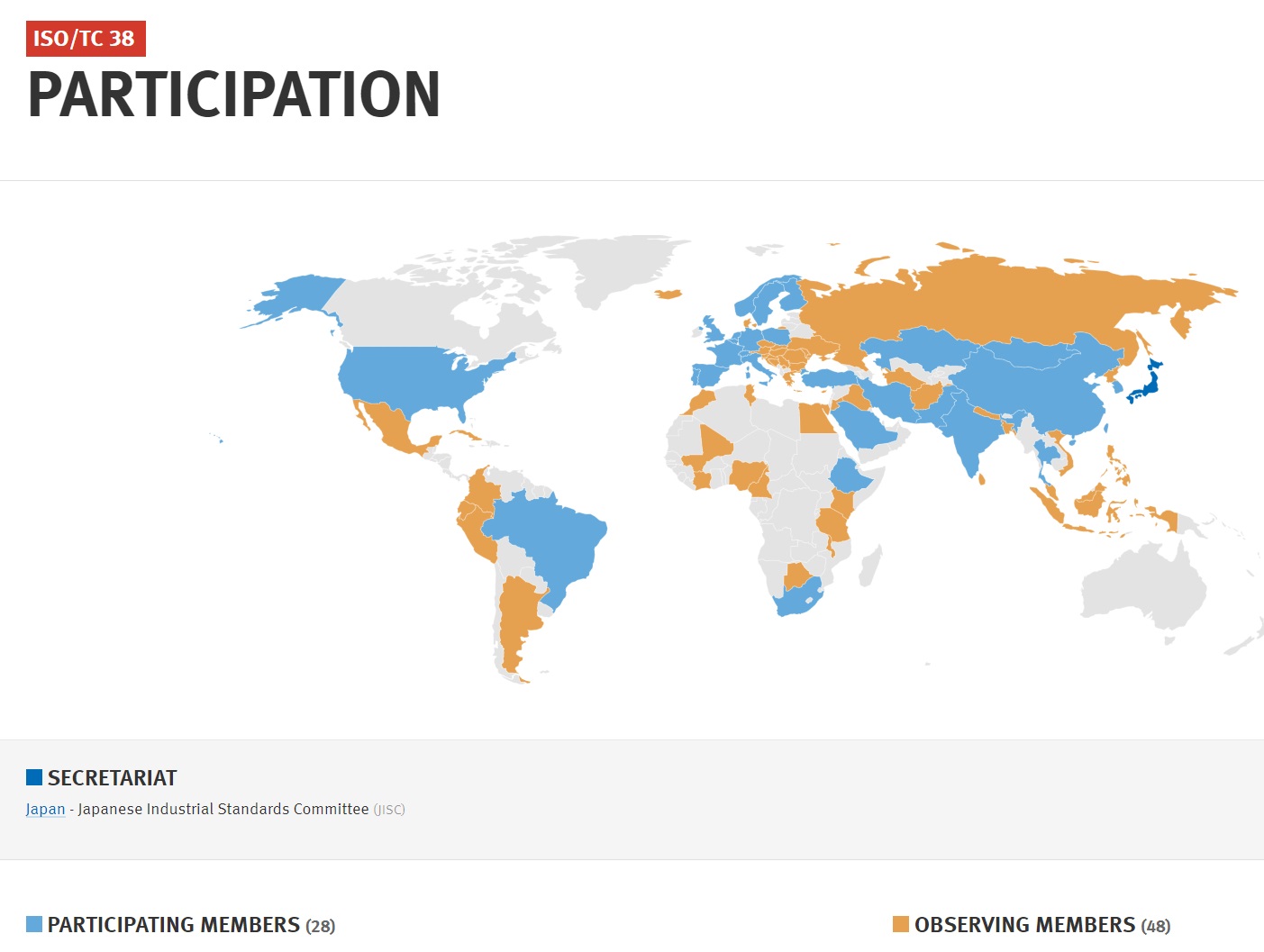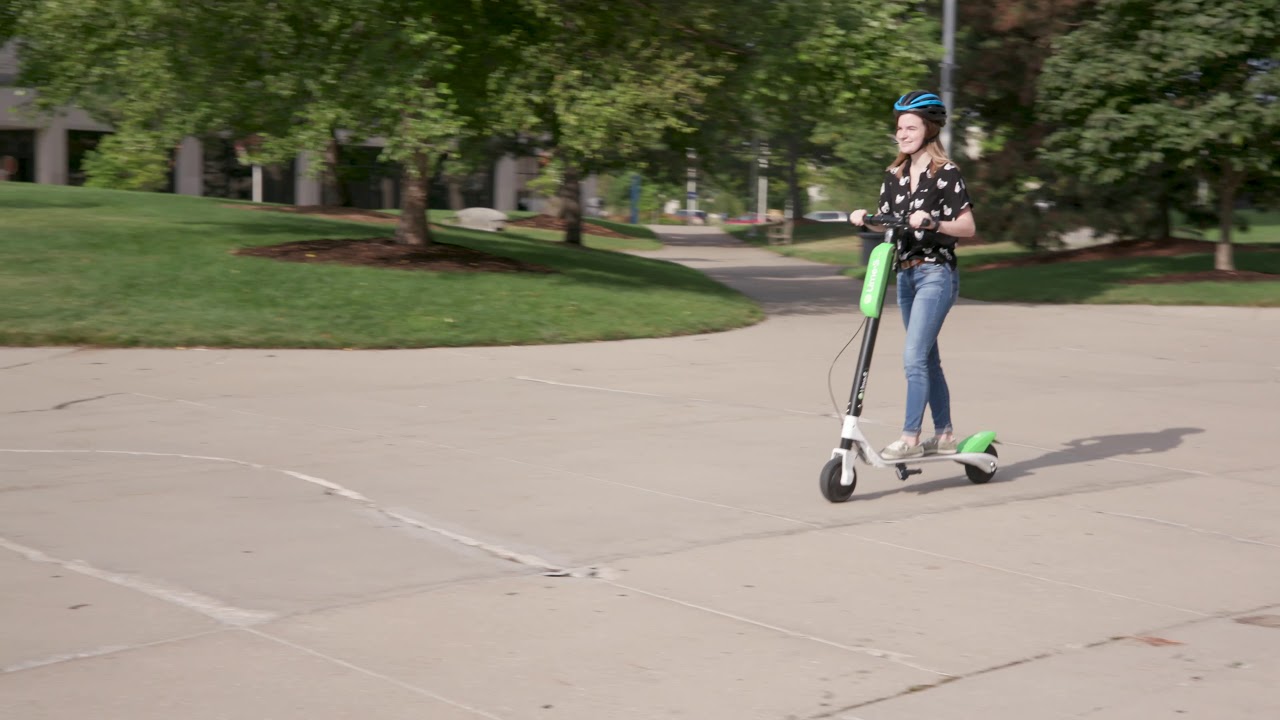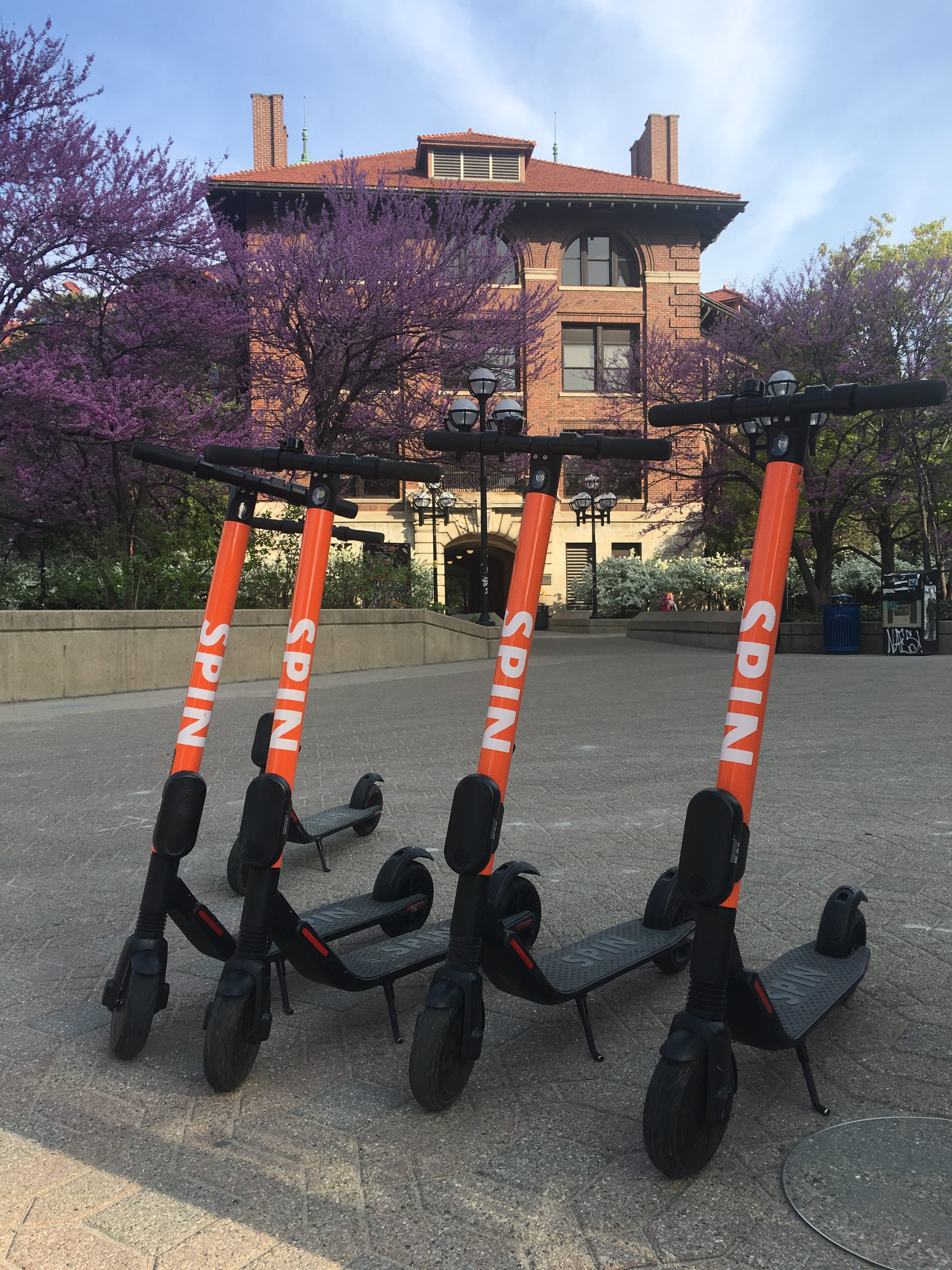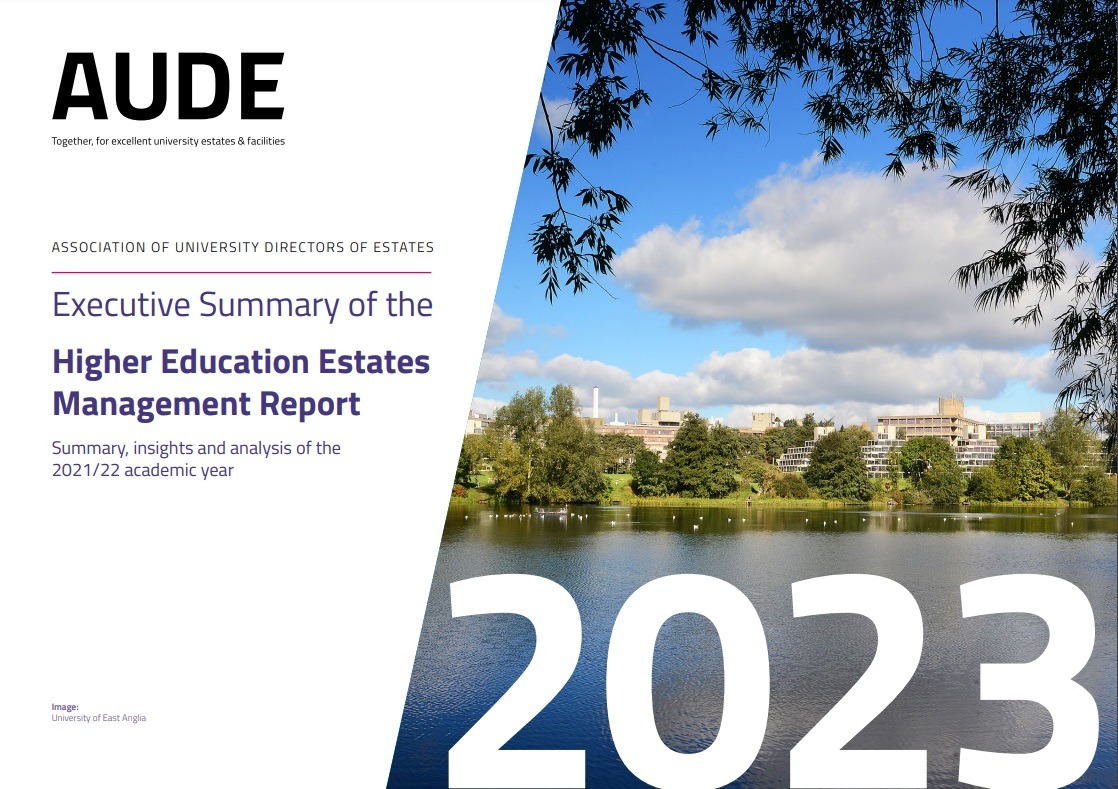Join us for our in-person event hosted by the Silicon Valley Chapter, #IP year-in-review on 1/18, 2023, from 4 – 5:30 PM ET in which leading experts will review key IP-related developments during the 2022 calendar year. Reserve your spot now: https://t.co/yVZSv28hb6. pic.twitter.com/nVEG2H5Pn4
— LES (U.S.A. and Canada) (@LESUSACanada) December 28, 2022
Intellectual Property in the Age of Open Source
- Home Page 146

Intellectual Property in the Age of Open Source
“Cantique de Jean Racine” Gabriel Fauré.
Gabriel Fauré’s “Cantique de Jean Racine” is a choral work composed in 1865 when Fauré was 19. Written for a four-part choir, it’s a setting of a Latin text by the 17th-century French playwright Jean Racine, which reflects a deep, devotional tone. The text is a hymn of praise and supplication, asking for divine grace and mercy.
Fauré’s composition is noted for its lyrical beauty and sophisticated harmony, showcasing his early mastery of choral writing. The piece begins with a serene, flowing melody in the sopranos, which is then developed and harmonized throughout the choir. The work features lush, rich chords and a gentle, flowing rhythm, characteristic of Fauré’s style, blending simplicity with depth. Its mood is one of quiet contemplation and reverence, aligning with the text’s themes of divine worship and reflection.
La Loi Ne Fait Plus Le Bonheur
AFNOR a organisé une discussion autour du nouveau livre La Loi Ne Fait Plus le Bonheur (The Law No Longer Makes You Happy) de Françoise Bousquet et Stéphane Jock, préfacé par Alain Lambert. L’ouvrage se distingue par son caractère grand public : après une clarification du désordre sémantique autour du mot « norme », Les auteurs y présentent de manière simple, ludique et concrète les bienfaits des normes volontaires pour l’individu, l’entreprise et le pays. Ils proposent une voie nouvelle pour mettre enfin un terme à l’inflation de textes législatifs et réglementaires : développer leur complémentarité avec les normes d’application volontaire co-construites par celles et ceux qui sont concernés.
EN SAVOIR PLUS: Classement du bonheur 2023
Handshake
This content is accessible to paid subscribers. To view it please enter your password below or send mike@standardsmichigan.com a request for subscription details.
The Kilt
A few store lambs weighed and drafted off this afternoon, ready to be sold through Farm Stock Scotland @Farm_Stock 🐑🌱#sheepfarming pic.twitter.com/2qSnJvWCie
— Helen Georgina Marsden (@helengeorgina94) August 29, 2023
Textiles
“Dwell on the beauty of life.
Watch the stars, and see yourself running with them.”
― Marcus Aurelius, Meditations
The consumer discretionary sector is among the largest economic sectors in every nation. Consumer Discretionary is the term given to goods and services that are considered non-essential by consumers, but desirable if their available income is sufficient to purchase them. Consumer discretionary goods include durable goods, apparel, entertainment and leisure, and automobiles. The International Organization for Standardization administers leading practice discovery and promulgation of the standards in a core component of durable goods industry — textiles – through its Technical Committee 38.
We find continued student interest in these technologies so attention to the elevated hazards in research, instructional and display spaces require attention. We recognize that not every student is interested in cleaning neural network data sets or learning Tensor Flow but wants to devote their energy to making the world a better place by making the world a more beautiful place.
From the ISO/TC 38 prospectus:
STRATEGIC BUSINESS PLAN ISO/TC 38 Textiles
“…Textiles are one of the most important and versatile commodities in the global economy. The textile industries involve provision of raw materials, preparation of fiber production, manufacture of yarns and fibres, manufacture of fabric formation, finishing processing including bleaching, dyeing, printing, coating, special chemical treatments, transformation of the fabric into clothing, upholstery, or industrial/technical textiles, and rope and netting formation. Therefore, the textile industry concerns a variety of entities such as suppliers of raw materials, processors, manufacturers, traders, distributors, retailers, associated industries such as the laundry industry, government and educational establishments as well as consumers….
…One new field of innovation in the textiles is emerging as the smart textiles which cover either smart textile materials or smart textile systems, including some of them combining technologies with electronic textiles and wearable devices. The uses expected of the smart textiles extend over medical device, general product safety, textile labelling, etc. Our technical committee liaises for cooperation with other technical fields and be responsible for standardization of the textile field of smart textiles….”
Japanese Industrial Standards Committee is the Global Secretariat. ASTM International is ANSI’s US Technical Advisory Group Administrator
Educators and students in the United States interested in participating in the development of this product should communicate directly with Jen Rodgers at ASTM International, Jen Rodgers (jrodgers@astm.org). We maintain all ISO consensus products on the standing agenda of our monthly International Standards teleconference; open to everyone. See our CALENDAR for the next online meeting.








Special Events
Special event safety and sustainability — keeping large groups of people safe and engaged in the event itself — cuts across many disciplines. Educational settlements are ideal settings and the raison d’être for these communities everywhere.
Today we charge through the best practice catalogs of the following standards setting organizations:
American Society of Civil Engineers
Minimum Design Loads and Associated Criteria for Buildings and Other Structures
American Society of Mechanical Engineers
American National Standards Institute
American Water Works Association
ASHRAE International
ASTM International
Consumer Technology Association
International Code Council
Institute of Electrical and Electronic Engineers
International Standardization Organization
ISO/PC 250 Sustainability in event management (British Standards Institute is the Global Secretariat)
List of All ANSI ISO TAGS (There is no ANSI US TAG Administrator as of 1 October 2023)
National Fire Protection Association
National Electrical Manufacturers Association
Telecommunications Industry Association
Underwriter Laboratories



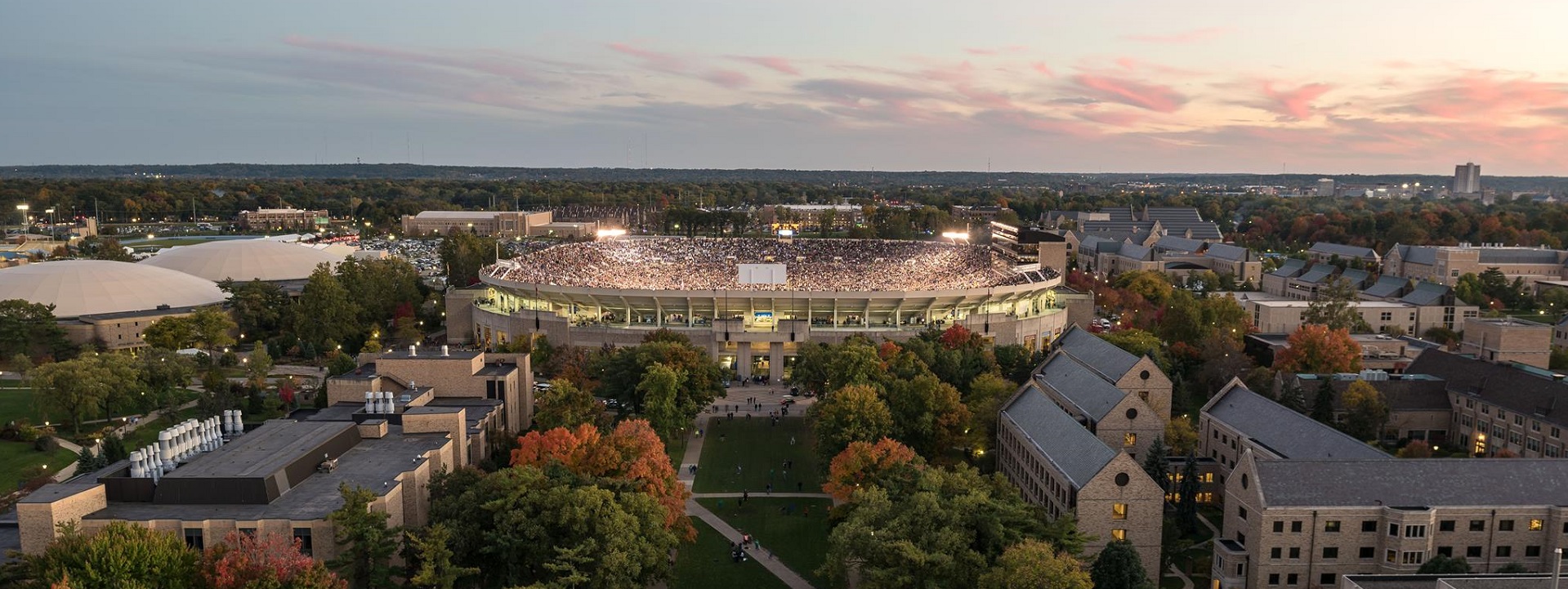


At the moment we cover outdoor and indoor events because, conceptually, there is substantial overlap. It is likely, however, that in the fullness of time we will have to break down the coverage between exterior and interior events.
There are a number of titles from the foregoing short list of SDO’s that are open for consultation during the next 30 to 90 days so it is not likely we will have time to examine other niche SDO’s in the special event domain. For example:
There are others.

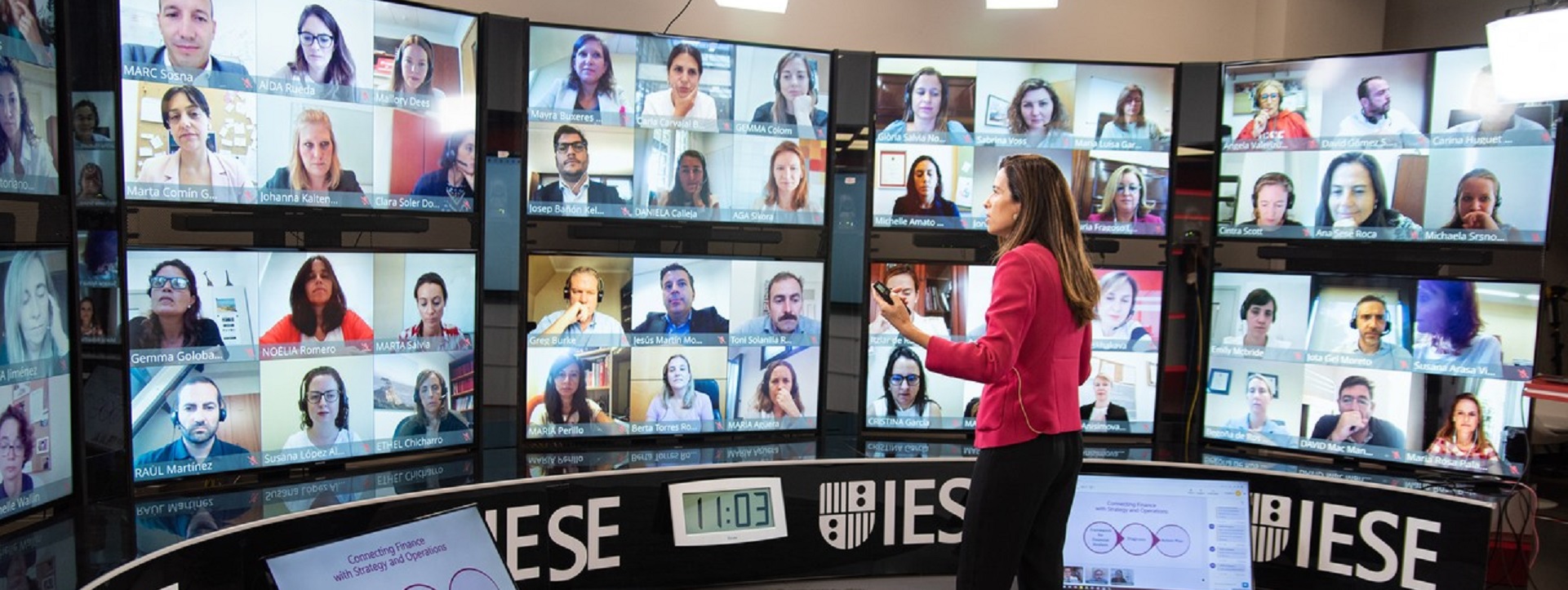


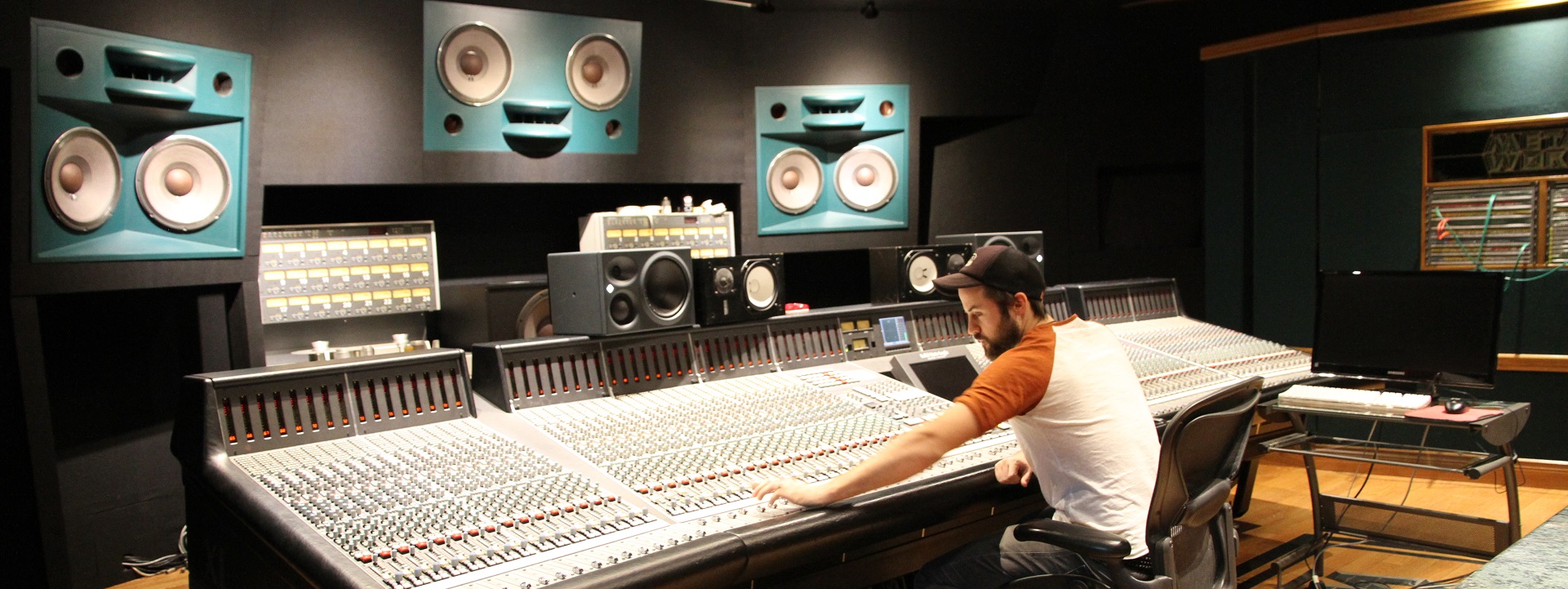
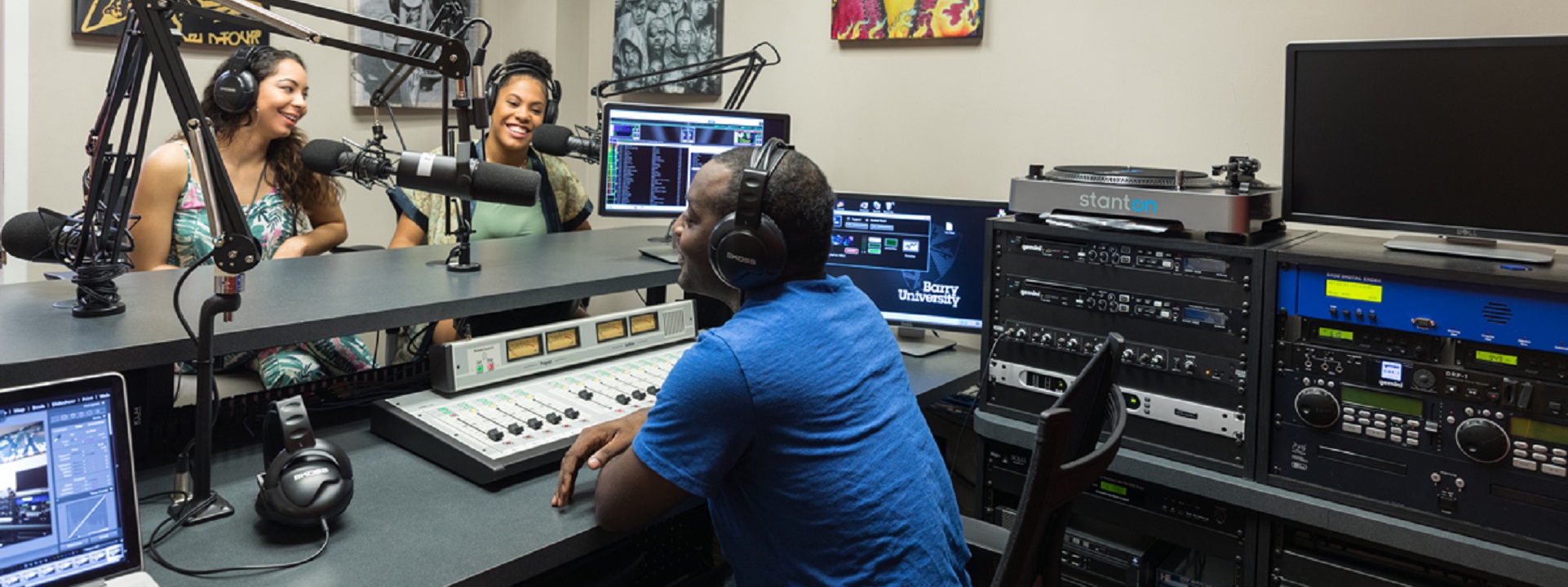

Action on open global and government consultations, and examination of developments in the research bibliography will have to wait for another day also. We cover them fairly well in the breakout meetings shown on our CALENDAR.
As always, today’s colloquium in open to everyone with the login credentials available on the upper right of our home page.
Campus Micromobility
We find town-gown political functionaries working to accommodate students traveling on micro-scooters. Several non-profit trade associations compete for “ownership” of some part of the economic activity associated with micromobility. One of several domain incumbents is SAE International. Here is how SAE International describes the micromobility transformation:
“…Emerging and innovative personal mobility devices, sometimes referred to as micromobility, are proliferating in cities around the world. These technologies have the potential to expand mobility options for a variety of people. Some of these technologies fall outside traditional definitions, standards, and regulations. This committee will initially focus on low-speed micromobility devices and the technology and systems that support them that are not normally subject to the United States Federal Motor Vehicle Safety Standards or similar regulations. These may be device-propelled or have propulsion assistance. They are low-speed devices that have a maximum device-propelled speed of 30 mph. They are personal transportation vehicles designed to transport three or fewer people. They are consumer products but may be owned by shared- or rental-fleet operators. This committee is concerned with the eventual utilization and operational characteristics of these devices, and how they may be safely incorporated in the transportation infrastructure. This committee will develop and maintain SAE Standards, Recommended Practices, and Information Reports within this classification of mobility. The first task of the committee will be to develop a taxonomy of low-speed micromobility devices and technologies. Currently, many of these terms are not consistently named, defined, or used in literature and practice. This task will also help refine the scope of the committee and highlight future work….”
Micromobility standards development requires sensitivity to political developments in nearly every dimension we can imagine.
Specifically, we follow developments in SAE J3194: Taxonomy and Definitions for Terms Related to Micromobility Devices. Getting scope, title, purpose and definitions established is usually the first step in the process of developing a new technical consensus product. From the project prospectus:
This Recommended Practice provides a taxonomy and definitions for terms related to micromobility devices. The technical report covers low-speed micromobility devices (with a maximum device-propelled speed of 30 mph) and the technology and systems that support them that are not normally subject to the United States Federal Motor Vehicle Safety Standards or similar regulations. These devices may be device-propelled or have propulsion assistance. Micromobility devices are personal transportation vehicles designed to transport three or fewer people. They are consumer products but may be owned by shared- or rental-fleet operators. This Recommended Practice does not provide specifications or otherwise impose requirements of micromobility devices.
SAE standards action appears on the pages linked below:
SAE Standards Development Home Page
SAE International is proud to announce the release of SAE J3400™ North American Charging Standard (NACS) Electric Vehicle Coupler Technical Information Report.
Click the link for more information: https://t.co/diauiuev97 pic.twitter.com/zjK5sf1R6L
— SAE International® (@SAEIntl) December 19, 2023
Apart from the rising level of discussion on vehicle-to-grid technologies (which we track more closely with the IEEE Education & Healthcare Facilities Committee) there is no product at the moment that business units in the education industry can comment upon. Many relevant SAE titles remain “Works in Progress”. When a public commenting opportunity on a candidate standard presents itself we will post it here.
We host periodic Mobility colloquia; SAE titles standing items on the agenda. See our CALENDAR for the next online session; open to everyone.
Issue: [19-130]
Category: Electrical, Facility Asset Management, Transportation
Colleagues: Mike Anthony, Paul Green, Jack Janveja, Richard Robben
LEARN MORE:
Inspiring a College Campus to Design, Create, and Build Green Small Engine Vehicles 2009-32-0107
New update alert! The 2022 update to the Trademark Assignment Dataset is now available online. Find 1.29 million trademark assignments, involving 2.28 million unique trademark properties issued by the USPTO between March 1952 and January 2023: https://t.co/njrDAbSpwB pic.twitter.com/GkAXrHoQ9T
— USPTO (@uspto) July 13, 2023
Standards Michigan Group, LLC
2723 South State Street | Suite 150
Ann Arbor, MI 48104 USA
888-746-3670








